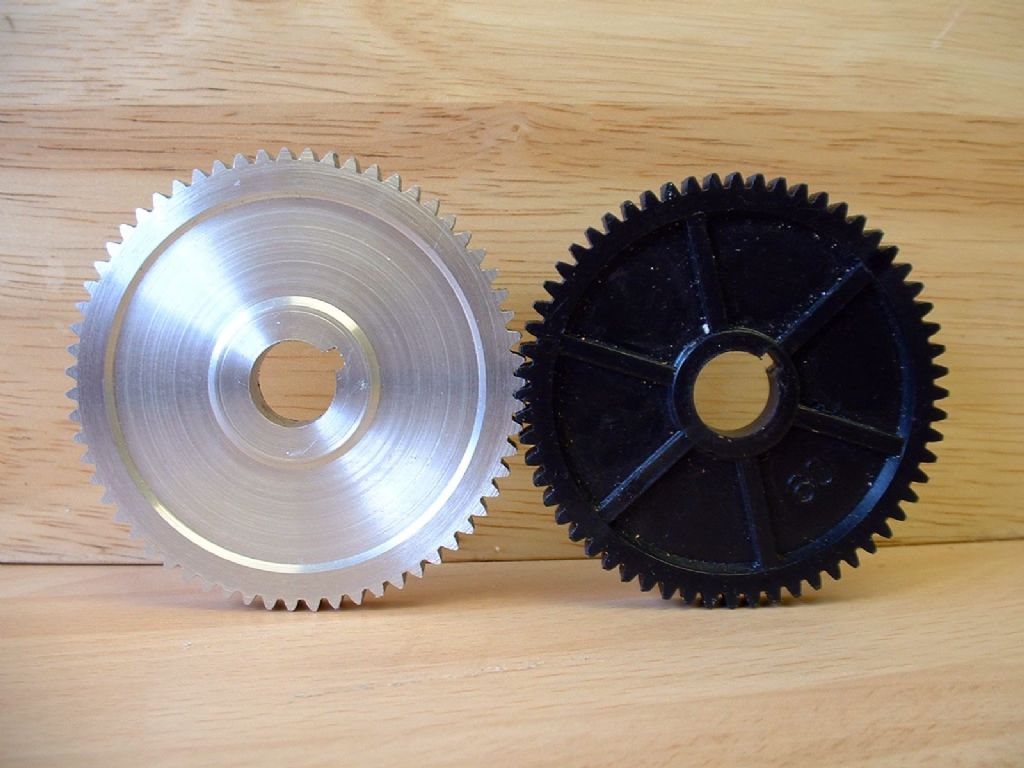Colchester Bantam metric scewcutting on imperial only machine
Colchester Bantam metric scewcutting on imperial only machine
- This topic has 37 replies, 12 voices, and was last updated 19 August 2024 at 06:48 by
smithadon.
- Please log in to reply to this topic. Registering is free and easy using the links on the menu at the top of this page.
Latest Replies
Viewing 25 topics - 1 through 25 (of 25 total)
-
- Topic
- Voices
- Last Post
Viewing 25 topics - 1 through 25 (of 25 total)






